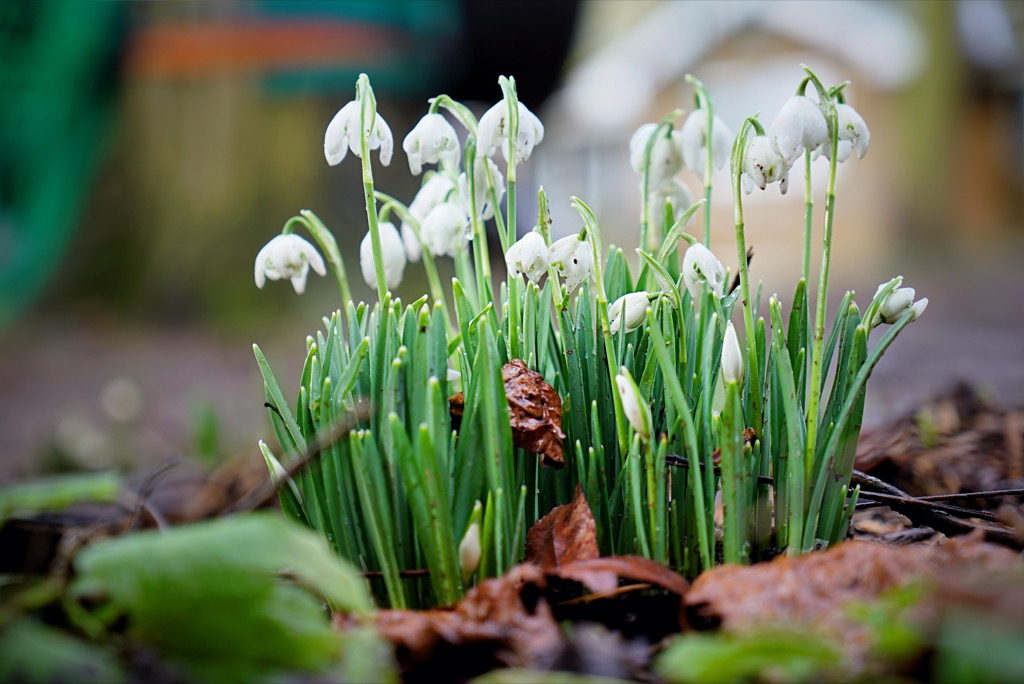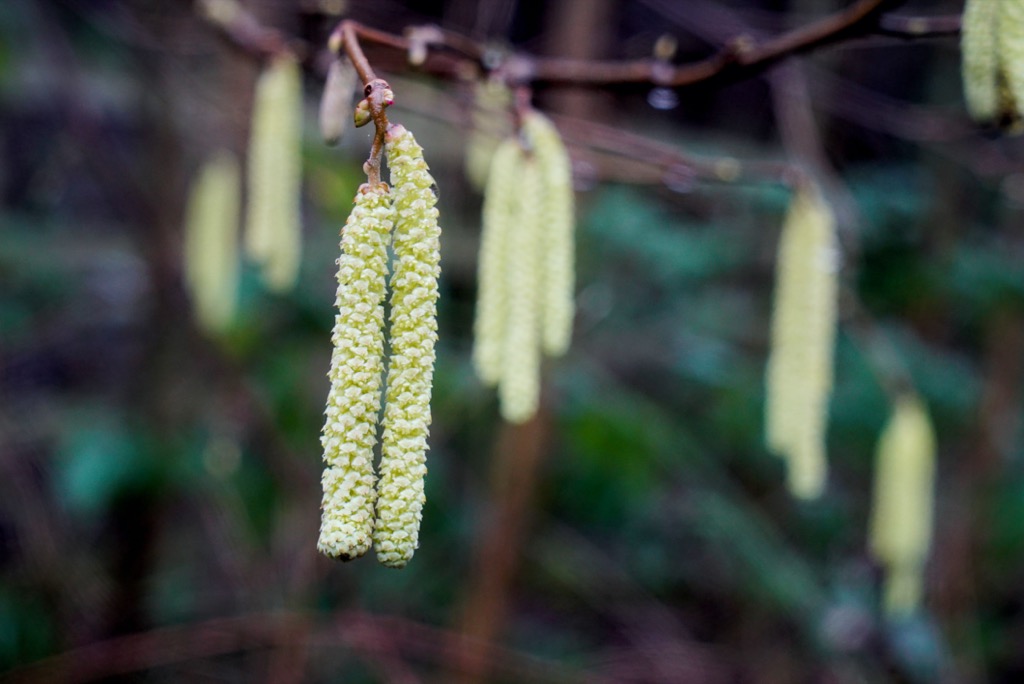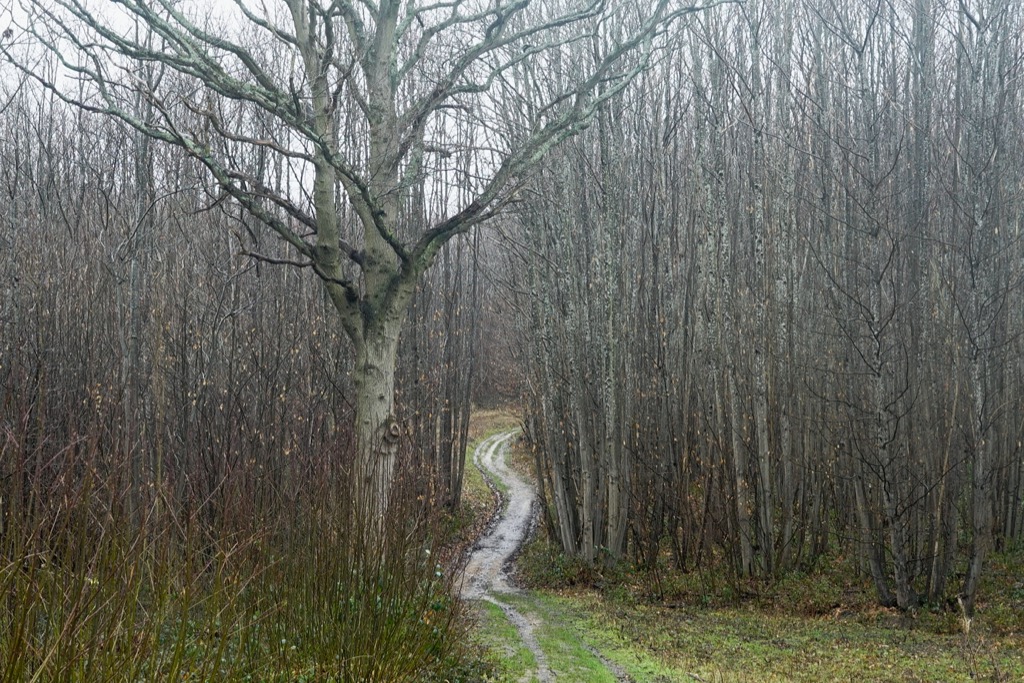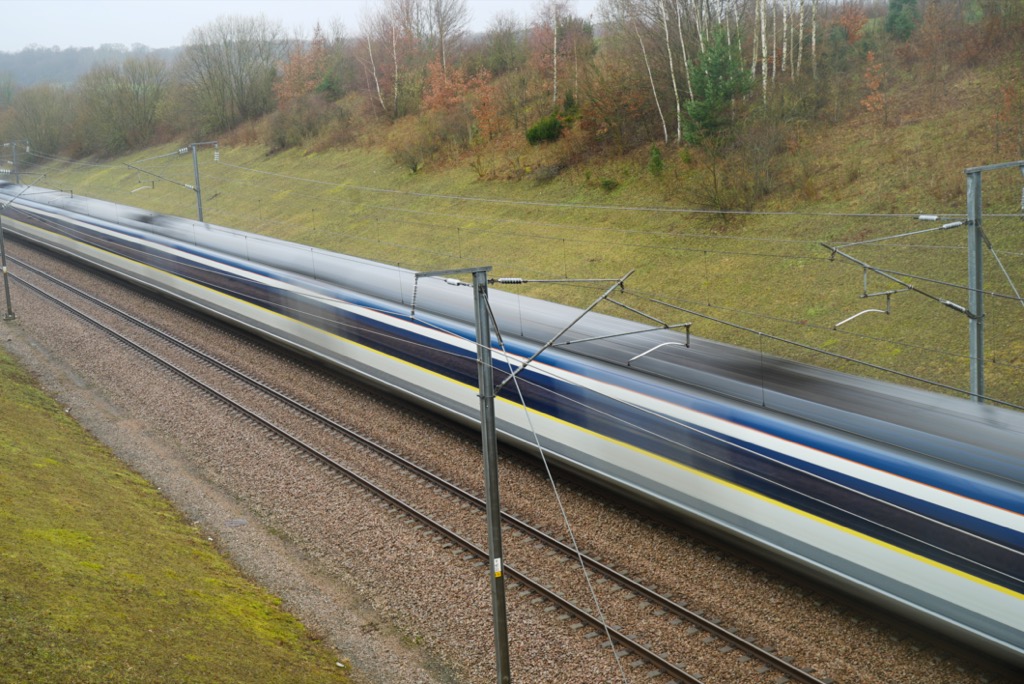[Here’s a link to other forays around my map.]
“It is not a matter of going somewhere and counting off what it has to offer, as if using up its finite potential for new experience. It is more like peeling the layers from an onion, a series of reveals of deeper and deeper understanding.” – Neil Ansell
OK, let’s get the gloom out of the way first.
It’s the gloom that does for me. Seven of my past eight map forays have been grey and wet. The rain never ends. The sun never shines. The eternal twilight sits heavily and presses my soul into an eternal twilight. Emigration entices. California calls. Marrakesh, maybe?
I feel this way every year, that I can’t stand it any more. And then every year I start to notice tiny changes heralding the approach of spring and all good things. Stepping outside today I noticed an increase in birdsong. I make no apology for repeating this weekly in these blogs at the moment. (And I hope I can keep repeating it throughout my life.) For today is Imbolc, a Gaelic traditional festival marking the beginning of spring. It was traditionally held on 1 February. It lands about halfway between the winter solstice and the spring equinox. The etymology of Imbolc is unclear. The most common explanation is that it comes from the Old Irish ‘i mbolc’, meaning ‘in the belly’, and refers to the pregnancy of ewes. The date of Imbolc is thought to have been significant in Ireland since the Neolithic period. Some passage tombs in Ireland are aligned with the sunrise around the time of Imbolc. The holiday was a festival of the hearth and home, and a celebration of the lengthening days and the early signs of spring. Celebrations often involved hearthfires, special foods, divination or watching for omens, candles or a bonfire if the weather permitted.
(At the risk of sounding like a dippy hippy, I’ve just lit a candle as I write this. It’s 6am, pitch black, and the candle surprises me with its cheerfulness (aided by 6Music and a cafetiere of pitch black coffee).)
As is the way of these things, the ancient festival is loosely connected with a Christian celebration too: Candlemas. Candlemas links to the French tradition of Le Chandleur. In ancient Rome, it was a celebration to honour Pan, god of the wild, shepherds and flocks. Huge processions passed through the streets, with everyone holding lit torches. However, in AD 494 Pope Gelasius I adapted the pagan tradition for the Catholic Church, using candles to celebrate the purification of the Virgin Mary and presentation of Jesus to the temple 40 days after his birth. La Chandeleur is therefore a mix of pagan and Christian traditions.
So how did pancakes become associated with the festivities? It is said that the round, golden shape resembles the sun, and reminds people of the warmth and fertility of spring.
Groundhog Day in America also has its roots in the ancient Christian tradition of Candlemas, when clergy would bless and distribute candles needed for winter. The candles represented how long and cold the winter would be. Germans expanded on this concept by selecting an animal—the hedgehog—as a means of predicting weather. Once they came to America, German settlers in Pennsylvania continued the tradition, although they switched from hedgehogs to groundhogs, which were plentiful in the Keystone State.
But I had neither pancakes nor candles as I sat in the car listening to the endless rain and steeling myself to get going. I confess that the novelty of limiting myself to exploring one map is wearing off (not aided, certainly, by lockdown imposing such claustrophobia on us all). The gloss of beginning a new project has faded, the scale of what I’m taking on has become apparent, and the incentive of the finishing straight is nowhere in sight.
(It feels like ‘Set Two’ in the gym, where I usually do five sets of every exercise. The first one I tackle with enthusiasm. But as I step to the squat rack for the second time I remember the pain of the first set and I know I have a long way to go. Set Three I don’t mind (“I’m over halfway,” I grunt.) Set Four I hate. Then Set Five takes me with relief to the end of the exercise.)
“Right, Humphreys! Stop procrastinating! You haven’t even started yet!” I rebuke myself, step out into the rain, and begin. As always, solvitur ambulando…

The very corner of today’s grid square is marked with a massive underpass beneath a motorway. It felt like my personal portal into today’s explorations. The damp, dark, echoing tunnel was cheered by a huge mural, including a soaring albatross.


An albatross aloft can be a spectacular sight. These feathered giants have the longest wingspan of any bird—up to 11 feet! The wandering albatross is the biggest of some two dozen different species. Albatrosses use their formidable wingspans to ride the ocean winds and sometimes to glide for hours without rest or even a flap of their wings. These long-lived birds have reached a documented 50 years of age. They are rarely seen on land and gather only to breed, at which time they form large colonies on remote islands. Mating pairs produce a single egg and take turns caring for it. Some species appear to mate for life.
As well as the usual scrawl of tunnel graffiti – tags and swearing – was an all caps exhortation to DO A BETTER JOB next to a painting of someone carefully examining a beetle under a magnifying glass. I resolved to get my Curiosity hat on and get on with it. This is a project of broad and brief curiosities, branching off the trunk of sticking doggedly to one thing, one map, for long enough for it to grow into something substantial and interesting.


To my mind, the first sign of life at the start of a new year is the lovely little snowdrop flower. They’re supposed to bloom at Candlemas so they’re known as ‘Candlemas bells’. They’re also called dewdrops, death’s flower, Eve’s tear, February fair-maids, and Mary’s tapers. The ‘drop’ of its name doesn’t actually refer to a ‘drop’ of snow. It refers to its shape, that of an ‘eardrop’ – otherwise known as an earring. Some fans take their love to such extremes that they’re known as galanthophiles.
Snowdrops are not native to the British Isles. They’re actually from southern Europe. Snowdrops only came to Britain in the late 16th century and it took them almost 200 years to become a wild plant. The festival of Imbolc is the traditional time for snowdrops to bloom.
According to one legend, the snowdrop dates back to the Garden of Eden. After God banished Adam and Eve, Eve grew tired of the endless winters. An angel came to her and created snowdrops from the snowflakes. She proved to Eve that winter doesn’t last forever. They came to symbolise hope as the first flowers to appear after the snows of winter. There is also a German legend, in which God asked the flowers of Earth to give colours to the snow. The flowers all refused but the snowdrop happily gave the snow its colour. In return, the snowdrop got to bloom before the other flowers.
And in a Romanian tale, the sun took the form of a beautiful maiden when she appeared every spring to warm the earth. One year, Winter kidnapped her and kept her prisoner. Without the sun to warm the earth, the world languished in eternal winter. A hero found the prison and battled Winter. He set the sun free but his wounds overcame him. As he fell down, his blood melted the snow. Snowdrops grew from the droplets.

It may not seem like the best time of year for botanising but there are some unusual flowers in bloom in February. Alongside the familiar clumps of snowdrops, thousands of yellow hazel catkins are ripening. They are flowers, despite appearances. The catkins are the male flowers and they produce copious amounts of powdery yellow pollen. Each catkin actually consists of 240 individual flowers arranged on a dangling stem, and when fully ripe it only takes the slightest touch to release a cloud of microscopic pollen grains. These can be carried over a great distance on a favourable breeze in the hope of reaching their intended target, a female hazel flower. Even the name is a bit strange. Catkin is derived from the Dutch word katteken, which means kitten, since the flowers look like fluffy kitten tails. They’re also known as lamb’s tails for the same reason, and this name has a stronger association with the onset of spring.

I sat on a wet bench and looked around. Red rosehips offered some colour, each berry hung with a shining raindrop like a pearl earring. So too the bright yellow flowers of a prickly gorse bush. Traditionally, common gorse was regularly collected from commonland for a number of purposes: it provided fuel for firing bread ovens; was used as fodder for livestock; was bound to make floor and chimney brushes; and was used as a colourant for painting Easter eggs.


Most of the branches around are bare, but the crispy brown leaves of a small beech tree rustled. This ‘holding on’ of leaves through the winter months is known as marcescence (from the Latin, marcescere = to fade). In trees with marcescent leaves, the corky or abscission layer is incomplete; the leaves remain attached to the tree albeit somewhat tenuously. Some of these shrivelled leaves hold on until the Spring when they are then dislodged by new growth. A woodpecker rattled nearby. Rain rattled on my hood. I listened to a noisy Great Tit calling over and over, “Teacher, teacher. TeaCHER!” (If you don’t know this little black, green, and yellow bird’s distinctive call, listen out for it. You’ll soon hear it everywhere.)
I select the day’s grid square using a very scientific method of vague randomness, vaguely trying to mix-up types of landscape, and dotting across the map. But today I confess that for the first time I chose the grid square with deliberation, trying to think which sort of environment was most likely to cheer me up. A small south of England hill? An estuary, river, or town? No, I chose woodland – my current favourite landscape.


Yet a blob of green on a map doesn’t adequately represent the land it shows. That’s why we need to explore it for ourselves, I suppose. Despite promising, undoubtedly ancient names on the map –Broad oak wood, Great wood, Birch wood–, unfortunately today’s grid square was entirely covered by coppiced woodland. Coppicing is an important, traditional way of managing woodland. But it also goes through cycles which meant that a sizeable chunk of today’s walk felt like walking through an Amazonian clearcut, and much of the rest was covered tightly with thin poles of trees.
In this wood, the method used is ‘coppice with standards’. This forms a two-storey woodland, with coppiced hornbeam beneath and other trees growing through them as standards – in this case oaks. Standards were traditionally left to grow to about 100-200 years old and then harvested for use as timber for buildings. The reasons for coppicing have changed over the years. In the past trees were coppiced for fire wood, charcoal production, bean poles and pea sticks. Nowadays timber production is combined with management for conservation.
The most important reason for coppicing nowadays is the benefit it provides for wildlife. Rotational coppicing maintains a small-scale structural diversity, with a constantly changing pattern of cut-over areas, scrub thickets and open areas. In the first years after felling, herbaceous plants germinate and flower. Their seeds then survive in the soil when the canopy is closed.

These newly opened areas, covered in floral growth, attract many insects, including butterflies, moths and beetles, which in turn are food for birds and bats. From 3-5 years after coppicing, as the new shoots of the coppiced stools grow, brambles, honeysuckle and bracken take over from the herbaceous plants. From 5-15 years, coppiced areas become thick impenetrable havens for larger mammals such as muntjac deer, foxes, stoats and weasels which can forage without being chased by dogs. It is also superb for small nesting birds such as warblers, dunnocks and wrens. By now the hornbeam coppice shoots have reached up to 20 – 30 feet and out shade all else. The long close growing branches make excellent nests for blackbirds and thrushes. The area will then be ready for coppicing again after 20 years.

Understandably, some people are shocked when they see a freshly coppiced area or ‘compartment’. It can look like the Somme! However, if we don’t continue to re-coppice the areas with a history of being coppiced, the whole structure of the Woods will change. More uniform conditions will gradually develop, with fewer clearings and a less varied structure. This will lead to the extinction of many species which have adapted to depend on coppice conditions. Many centuries ago clearings within woodlands were kept open by large herbivores such as red deer and wild boar. Unfortunately, they no longer roam our Woods, so we are doing their job for them until they return.

As is the way of things at the moment, I wondered what the woods I was walking through could offer in terms of thinking about the Covid era. Why do we chop down a wood that is thriving, flourishing, and growing strongly? Well, periodic cutting actually prolongs the life of the tree as well as creating a rich mosaic of habitats, attracting a wide range of flora and fauna. Woods that have not been coppiced tend to be of the same age and structure, supporting fewer species. That’s all fine and dandy whilst it is flourishing. But the canopy starves resources from small plants on the ground, skewing the system unfairly and reducing biodiversity. When the few enormous successful trees age and die at roughly the same time you are left with a barren landscape…
All seemed well and good before COVID hacked all of our plans to the ground, turning a familiar landscape into an empty wreck overnight. Perhaps it is good, then, to see this as a chance to reset, to start small, and to put out new green shoots of a different way we want to live –as individuals and society– in order to keep things flourishing and healthy and diverse for all of us, for centuries to come. How does that work as a metaphor for you?
We get knocked down, but we get up again.








Another great post Al. I really enjoyed it and found the woodland notes interesting. Woods are my favourite landscapes too at the moment as I find them very relaxing and meditative. Sorry to hear you’re not enjoying things as much at the moment. Chin up pal! Spring is coming soon and the world will seem like a much more vibrant place. Chris.
Thanks, Chris!